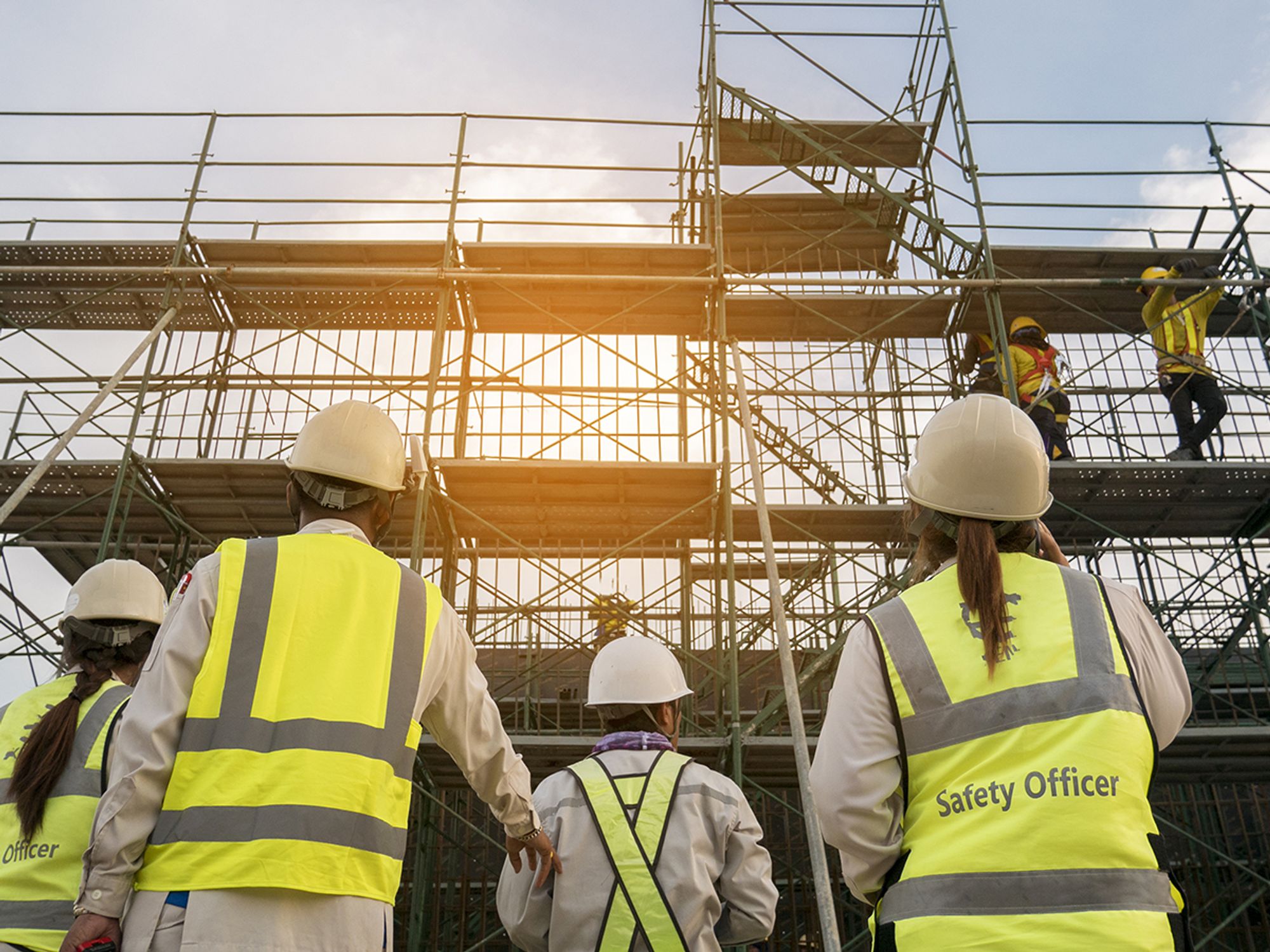Protect workers from falls with a workplace assessment and fall protection system selection

- Workplace assessment is the first step in evaluating whether work surfaces are safe to work on, and in selecting the proper fall protection options.
- Employees need appropriate training to recognize and avoid workplace hazards.
- Employers must also ensure that any contractors and subcontractors on site are using appropriate worksite safety measures.
To prevent falls, employers have a duty to anticipate the need to work at heights and plan work activities accordingly. Careful planning and preparation lay the necessary groundwork for an accident-free workplace.
Employers are required to assess the workplace to evaluate whether walking-working surfaces have the strength and structural integrity to safely support workers. Employees are not permitted to work on any surface until the surface is determined to be safe.
Once the surface is found to be safe for employees to work on, employers must determine whether any fall hazard is present. If so, the next step is to select one of the fall protection options for the particular work operation. Employers must make a reasonable effort to anticipate the particular hazards to which employees may be exposed in the course of a job. For example, employers should:
- Inspect the area to determine what hazards exist or may arise during work in that area.
- Identify hazards correctly and select the appropriate measures and equipment to eliminate the hazard.
- Communicate and coordinate with customers, other contractors (particularly at multi-employer worksites), and suppliers to ensure all workers at the site are safe.
Many employers minimize exposure to fall hazards by having anchorage points for personal fall arrest systems fabricated or designed into structural members and by installing perimeter lines on structural members before those members are lifted into position.
Employers may need to reexamine their traditional safety methods and, when possible, update them by incorporating available fall protection technology and design concepts. Employers should also:
- Give specific and appropriate instructions to prevent exposure to unsafe conditions.
- Ensure employees follow the procedures given and understand the training provided.
- Learn what safety efforts any specialty subcontractors have chosen to make in completing their assignments. Subcontractors have the reciprocal responsibility to determine what protective measures the employer, as the general contractor, has identified and implemented. This also holds true for multi-employer worksites.
